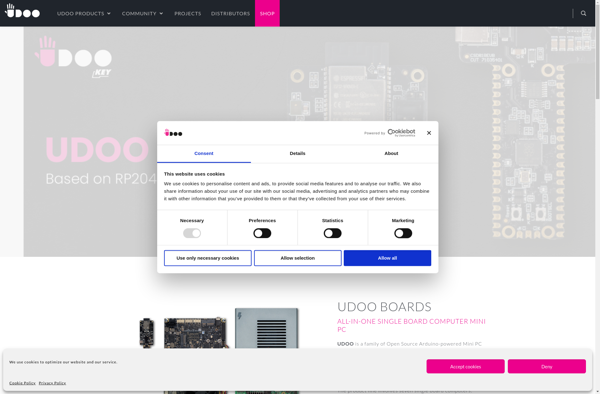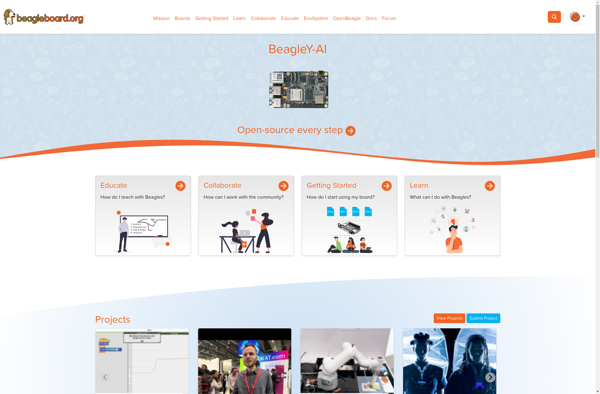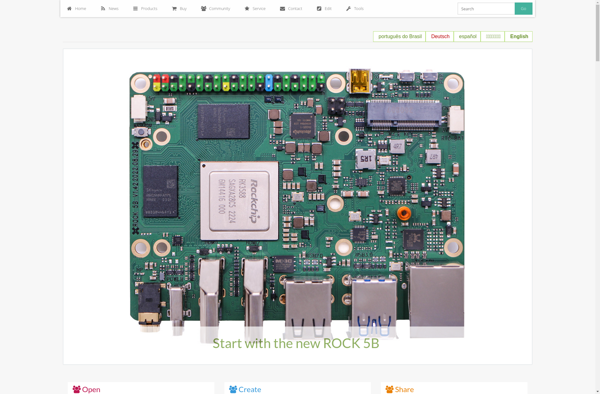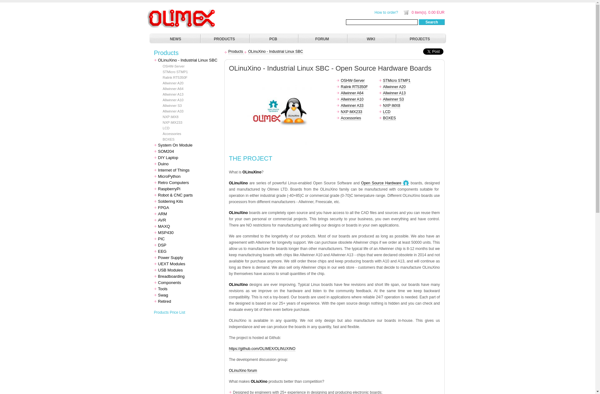Cubieboard

Cubieboard: Single Board Computer
The Cubieboard is a single board computer similar to the Raspberry Pi. It features an ARM processor, multiple USB ports, HDMI output, and more, making it capable of basic computing tasks for hobbyists and tinkerers.
What is Cubieboard?
The Cubieboard is a low-cost, single board computer first released in 2012 as an open source hardware platform. Similar to the popular Raspberry Pi, the Cubieboard is designed to promote computer science and engineering education, and support hobbyist and DIY computing projects.
At the heart of the Cubieboard is an ARM-based processor such as an Allwinner A10 or A20. This enables the Cubieboard to run operating systems like Android, Linux, and more. The board also includes common I/O ports such as USB and HDMI, allowing it to be connected to keyboards, mice, monitors, and other peripherals.
Early versions of the Cubieboard were equipped with anywhere from 256MB to 4GB of RAM, with storage provided via MicroSD cards. Newer models also incorporate NAND flash chips for additional storage out of the box. The boards range from diminutive Cubieboard Nano units to larger boards capable of higher performance for more demanding applications.
With a Cubieboard, hobbyists can build low-cost home servers, media centers, robotics projects, IoT devices, and almost anything a Raspberry Pi is capable of. The open source design ensures maximum flexibility and customization potential. Thanks to active developer communities dedicated to boards like the Cubieboard, there are plenty of software repositories, distros, guides, and more available to tap into.
Cubieboard Features
Features
- ARM Cortex-A8 processor
- Mali400 GPU
- 1GB DDR3 RAM
- HDMI output
- 10/100 Ethernet
- SATA
- Multiple USB ports
- microSD card slot
Pricing
- One-time Purchase
Pros
Cons
Official Links
Reviews & Ratings
Login to ReviewThe Best Cubieboard Alternatives
Top System & Hardware and Single Board Computers and other similar apps like Cubieboard
Here are some alternatives to Cubieboard:
Suggest an alternative ❐Orange Pi

UDOO

BeagleBoard

PandaBoard

Minnow Board

Radxa Rock

Banana Pi

HummingBoard

OLinuXino
